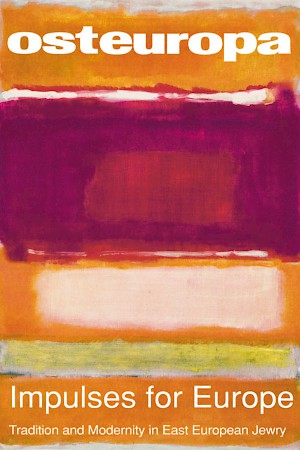The Place Does not Speak
Photography in Auschwitz
Full text file (PDF, 633 kB)
Abstract
“Could you take a picture of me, please?” asks the friendly tourist, hands over the camera, poses, and indulges in every imaginable cliché – including fingers held up in a “V” sign. It is not the Eiffel Tower in the background, however, but the camp gates at Auschwitz. This is only one of countless photographs taken on this day. More than 1 million people visit the former extermination camp every year – and almost all of them bring a camera. There are not many places in Europe where more photographs are taken than here. Perhaps all of these pictures are an expression of insecurity. You can hold onto the camera and keep your distance. At each gas chamber and every gallows, you get behind your camera and look at everything on a smaller scale, through the viewfinder or on the screen. “The very activity of taking pictures is soothing, and assuages general feelings of disorientation.” writes Susan Sontag. But taking photographs can also have more than a soothing effect. It can facilitate understanding, encourage reflection. For these reasons, the International Youth Meeting Centre in Oświęcim (Auschwitz) has for several years been organising the photo seminar “Hopes” for young photographers from Israel, Poland, and Germany. In 2008, 20 participants spent ten days photographing the Auschwitz camp and the town of Oświęcim, meeting witnesses, discussing photos, and working through the night in the darkroom in order to prepare an exhibition. The resulting pictures tell very different stories of the confrontation with the past. Often it is an examination of the surface, which seems so banal as it is: grass, stones, sand. But everything is contaminated with history. At the same time, “at the site of the mass graves […] the grass is no less green than elsewhere” (György Konrád). Only our impressions adapt themselves to our imagination. Some people prefer to rely on themselves. They have to touch the objects. They pick up stones, find old spoons and buttons, and still cannot understand. To be certain of at least this, they photograph themselves doing such things. These will be the pictures to remember the lack of memory. For the place does not speak, it leaves you alone. It offers no spatial perspective that could also be temporal. There are no explanations here. Everything feels empty, actually there is nothing to see here. The glimpse through the viewfinder is suddenly more distressing than soothing.
(Special Issue, pp. 219–225)
Full text file (PDF, 633 kB)



